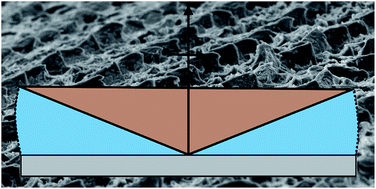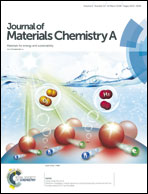Evaluating the resilience of superhydrophobic materials using the slip-length concept†
Abstract
The drive to introduce superhydrophobic materials into real-world applications requires the development of robust and effective surfaces. Efforts to formulate a collective understanding of the design approaches required to engineer resilience are hindered significantly by inconsistencies in the evaluation methods used throughout the literature. Herein, we report a technique that accurately quantifies both the superhydrophobicity, and superhydrophobic resilience under fluid shear stress, using slip-length measurements. Two types of superhydrophobic surface are used (micro-rough PTFE, and nano/micro-rough nanoparticle coatings), in order to demonstrate the different mechanisms of superhydrophobic degradation, in addition to the versatility of the slip-length technique to study the phenomena. The shear stress testing is symptomatic of real-world conditions (applied fluid stress), an environment where superhydrophobic materials are relatively vulnerable due to their comparative fragility. The technique is both a comprehensive, sensitive and quantitatively reproducible, assessment method of superhydrophobic interfaces, which if widely adopted, would accelerate progress in this area.



 Please wait while we load your content...
Please wait while we load your content...